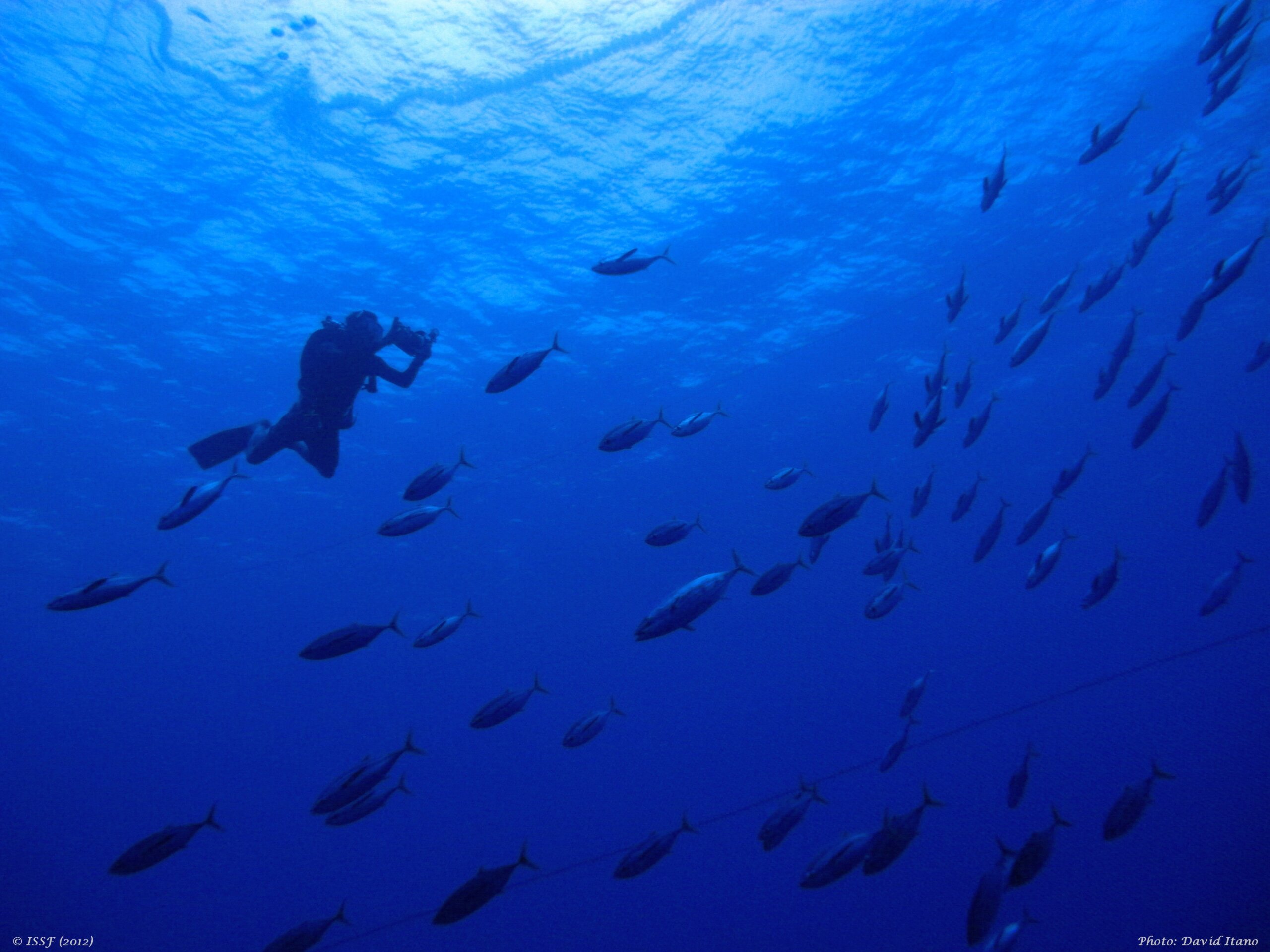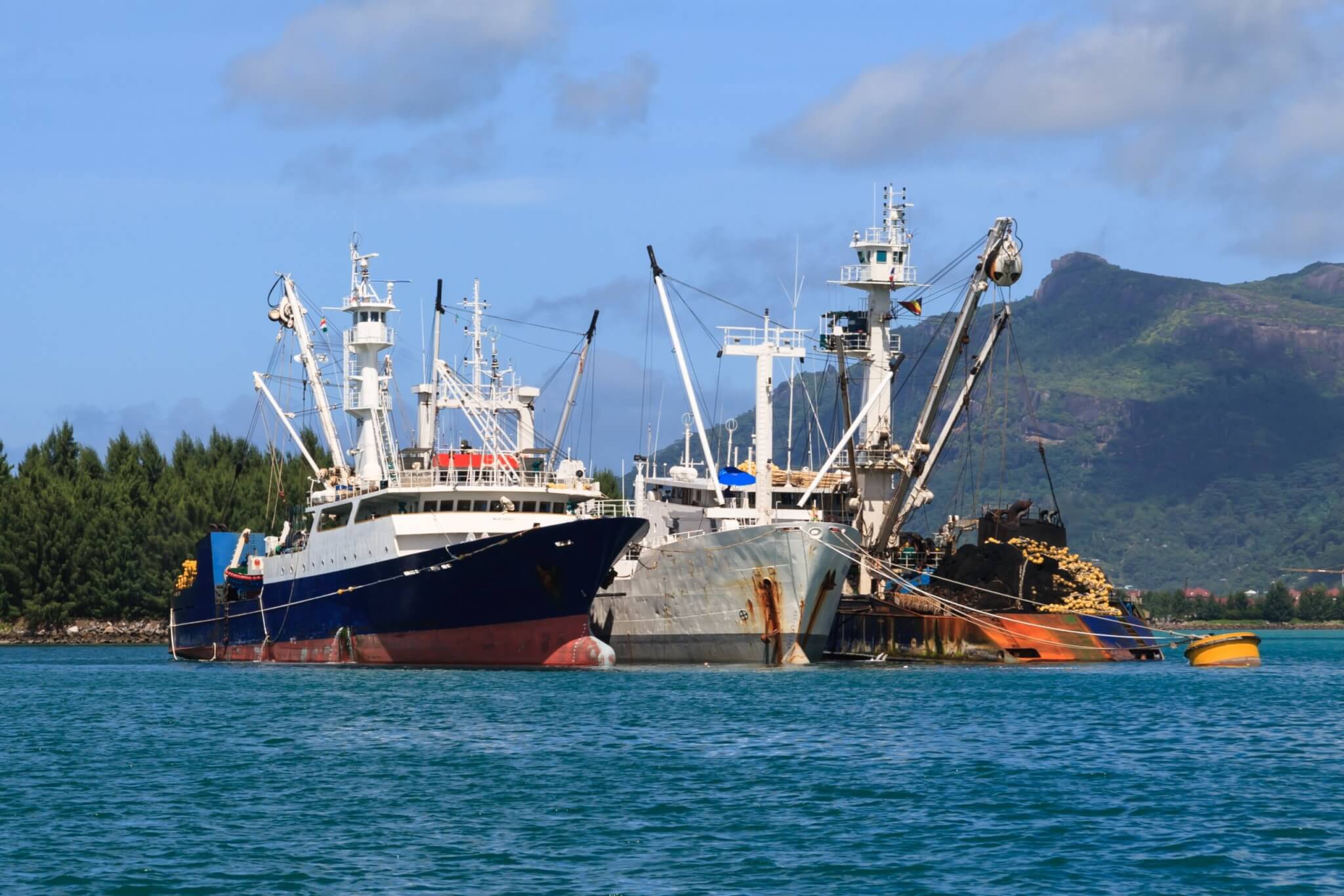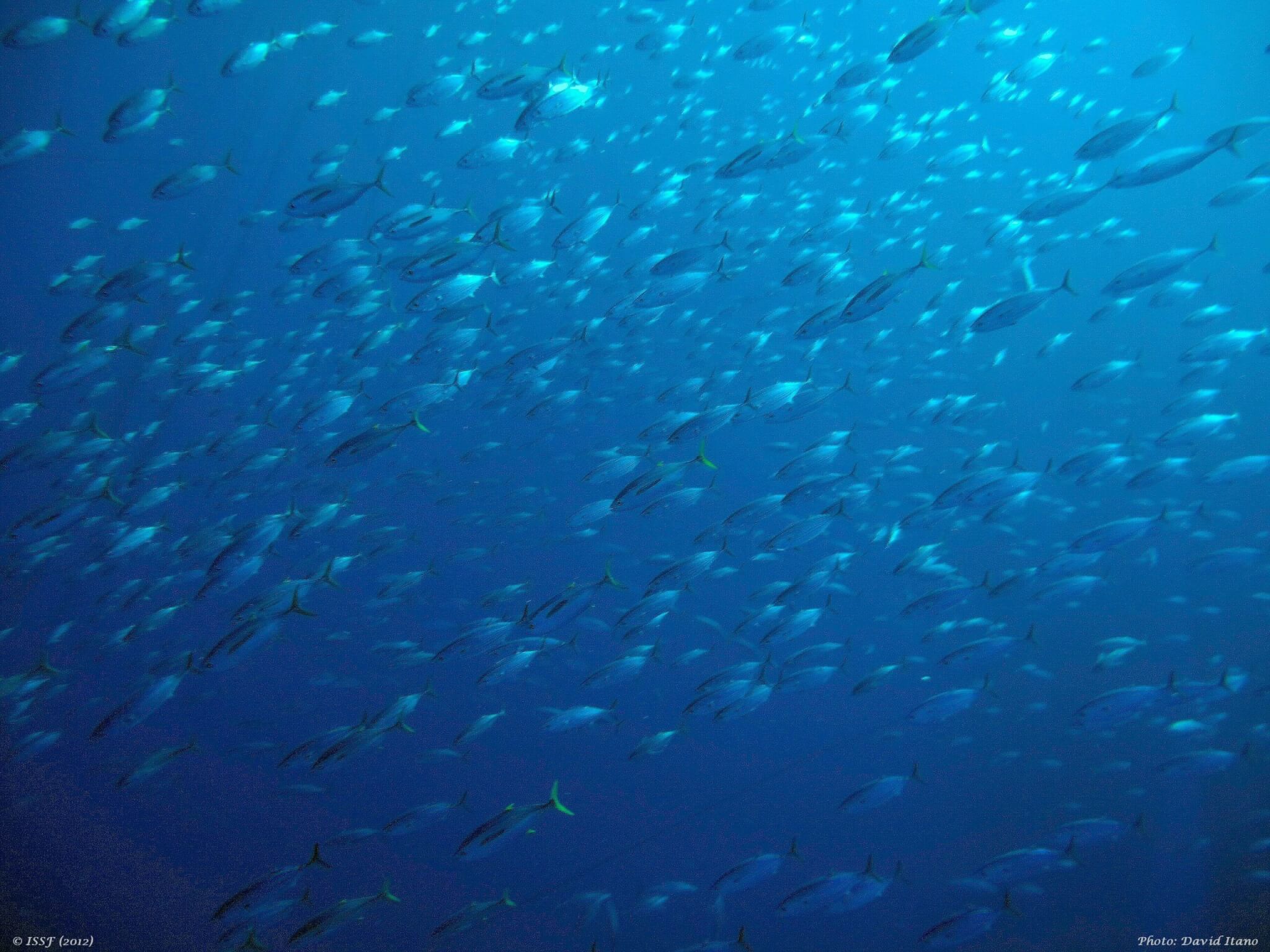REPORT: Biology & Stock Status of Minor Commercial Tunas | PLUS Electronic Monitoring in Tuna Fisheries
Featured Report
Biology & Stock Status of Minor Commercial Tunas
Among the 15 species of tunas, eight are called “minor” or “neritic” tunas – including the bullet, black skipjack, and longtail species, for example – due to their lower commercial value. Despite this “minor” label, these tunas are exploited commercially and/or caught recreationally and are an important source of nutrition for coastal communities and income for coastal artisanal and subsistence fisheries.
As compared to their commercial counterparts, there is greater uncertainty regarding catch levels and stock characteristics of minor tunas, limiting data to assess fishery impact on stock status. A new report summarizes knowledge about the biology, stock structure, and recent catch of minor tunas; the main fisheries and fishing gears catching them; and their stock status in different oceans. The report also reviews available information on life-history characteristics, fisheries, and stock status, while identifying knowledge gaps that can inform research priorities.
Featured Infographic
Minimum Standards for Electronic Monitoring
In a recent Seafood Source op-ed, Holly Koehler, VP, Policy & Outreach, ISSF, wrote, “When it comes to monitoring, control and surveillance of fishing operations at sea, electronic monitoring (EM) and electronic reporting (ER) systems are proven, effective tools. EM/ER systems can remotely monitor vessel activity on the water; provide important scientific data in a timely manner; and independently verify reported catch and effort data. Unfortunately, no RFMOs have put in place electronic monitoring programs.”
Based on the ISSF report ISSF 2018-04: Minimum Standards for Electronic Monitoring in Tropical Tuna Purse Seine Fisheries, an infographic shows how purse-seine tuna vessels should configure and operate their electronic monitoring systems (EMS). It indicates which features and processes should be in place before, during, and after the fishing trip.
ISSF in the News
Watch: ISSF’s president on the state of sustainable tuna fishing in 2022
Undercurrent News
The case for industry transparency in supporting sustainable tuna fisheries
Marine Policy
Pesquerías de atunes tropicales, ¿sostenibles en todos los océanos?
Azul Sostenible Tv



